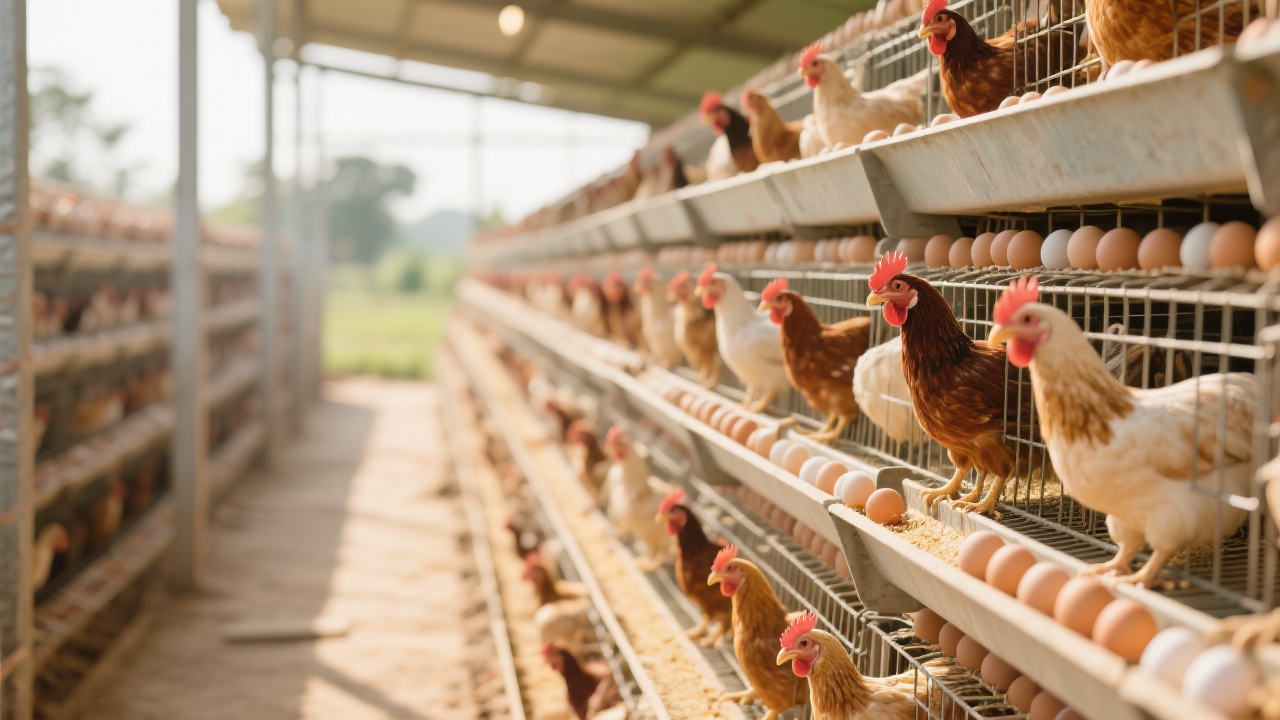
As global demand for high-quality eggs continues to rise, modern poultry farms are under increasing pressure to optimize efficiency, reduce labor costs, and improve animal welfare—all while maintaining profitability. Among the most impactful upgrades available today is the adoption of H-type layered chicken cages, a design that’s not just about space—it’s about smart farming.
Traditional cage systems often waste up to 25% of barn space due to inefficient layouts and poor vertical utilization. In contrast, H-type cages—named for their structural shape—offer up to 30% more birds per square meter compared to conventional single-tier setups (based on USDA poultry housing standards). Their modular design allows farms to scale from 5,000 to 50,000 hens without redesigning entire facilities.
| Feature | H-Type Cage | Traditional Cage |
|---|---|---|
| Bird Density per m² | 12–14 birds | 8–10 birds |
| Labor Cost Reduction | Up to 40% | Minimal |
| Ventilation Efficiency | Excellent airflow control | Variable, often poor |
A study published in the Journal of Applied Poultry Research found that chickens in H-type cages had a 17% lower incidence of respiratory disease over 12 weeks compared to those in older models. This stems from superior airflow patterns enabled by the cage’s open-frame structure and strategic placement of fans and vents.
Moreover, natural light penetration increases by up to 28% thanks to the elevated position and angled design of each layer—a key factor in regulating circadian rhythms and boosting egg production. Farms implementing this system report an average increase in daily lay rate of 2–3 eggs per 100 birds, translating to measurable ROI within 6 months.
The real power of H-type cages lies in how seamlessly they integrate with automated systems:
These features collectively reduce daily labor needs from 3–4 workers per 10,000 birds to just 1–2—a major win for farms facing workforce shortages or rising wages.
One case study from a 20,000-hen operation in Thailand showed a 34% drop in operational costs after switching to H-type cages, with no compromise on bird health or egg quality.

Whether you're expanding your existing facility or building anew, choosing H-type cages isn’t just a technical upgrade—it’s a strategic decision that aligns with global trends toward sustainable, efficient, and humane egg production.
Ready to transform your farm's productivity? Get Your Customized Cage Layout Plan Today

